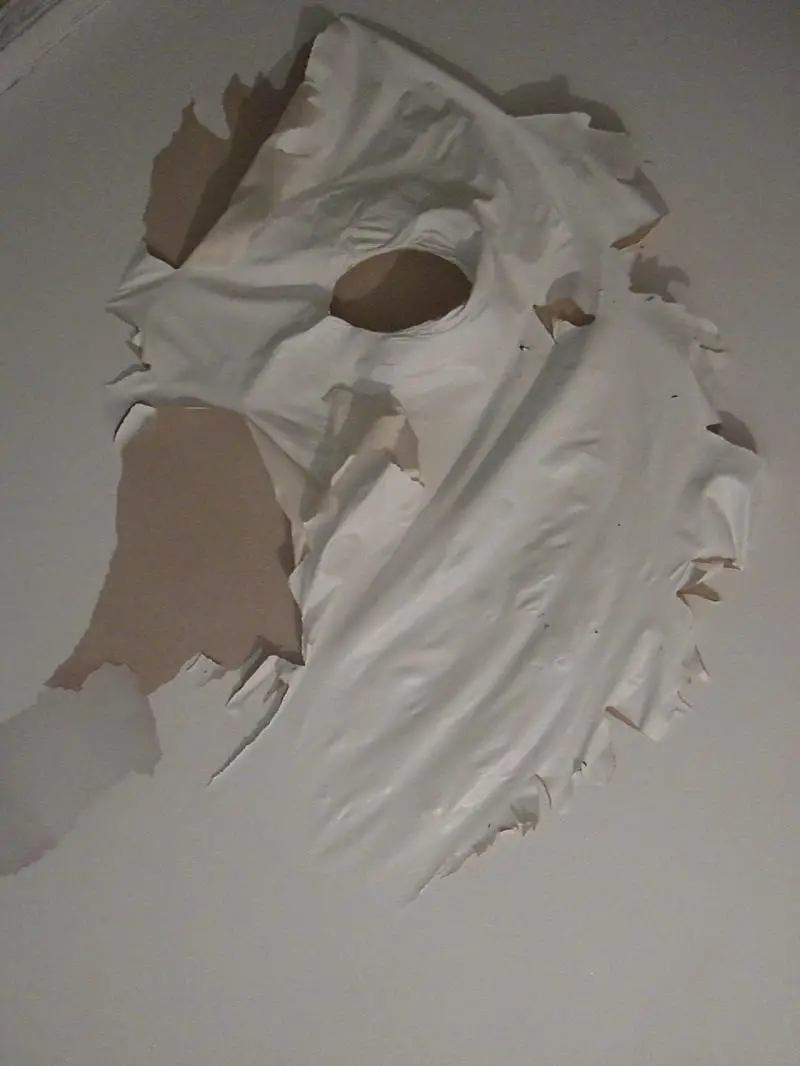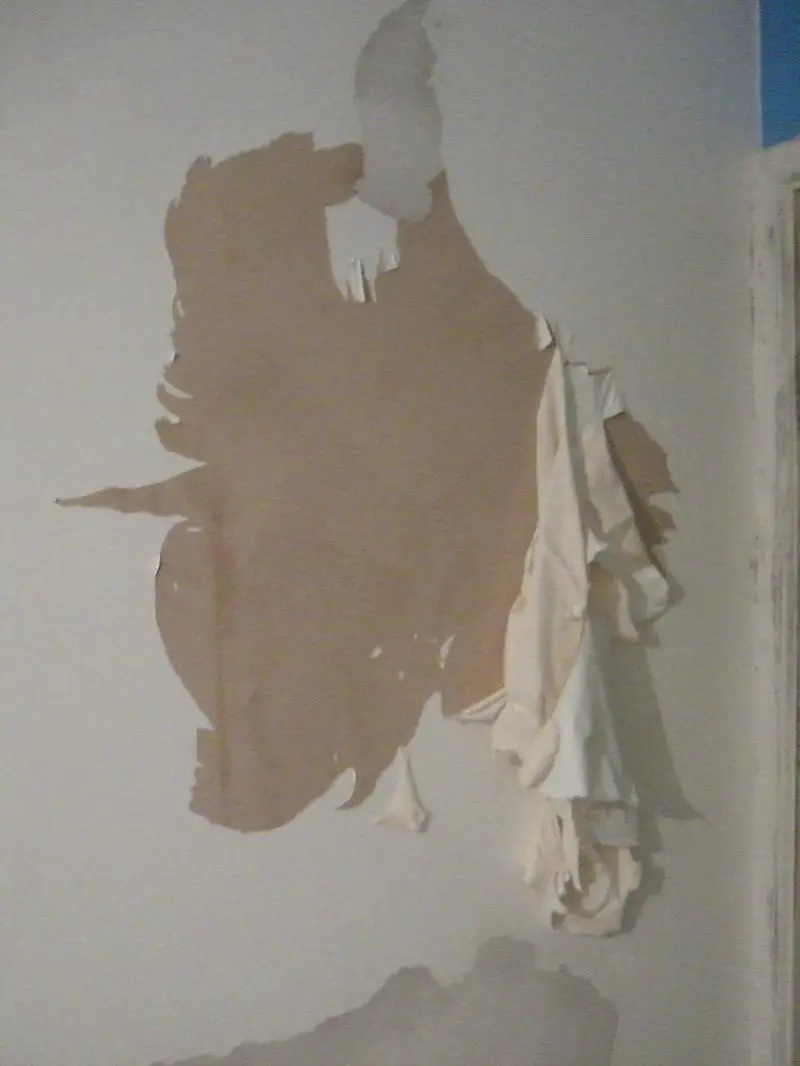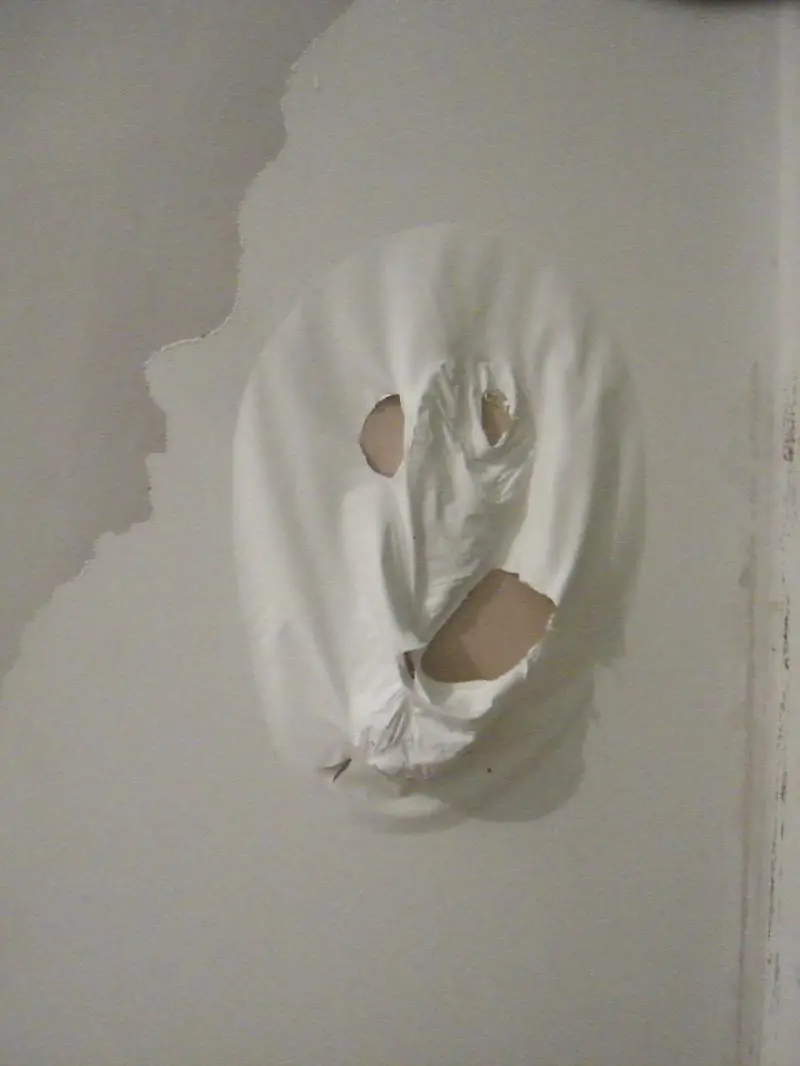I am trying to decorate for the first time ever and it seems like one step forward two steps back right now. 
The latest problem is blistering paint I scraped off all the lose stuff and it went back to plaster as I couldn’t smooth off the edges I applied some pollyfilla skim which sort of did the trick but as soon as it touched the paint the paint all bubbled up again – eventually I managed to skim over it and leave only a few minor bubbles but closer inspection of the wall showed more ready to pop elsewhere – I have sanded most of these down now.
I thought I was pretty much ready to paint so I washed all the walls down...
Only now the damp (it was only a damp cloth not like I hosed it down) has caused the edges of all the patches I filled in to bubble up again and a few more patches have appeared... I can peel off the paint like a face masque – I probably managed almost a meter square in one go so it comes off really easy.
So what do I do – would the bubbling have happened in the same way if I had just painted the wall instead of wiping it?
Do I need to strip all the paint off?
How do I do this?
Will I need the plaster redone?
If I am painting straight onto plaster is there a special primer I should use first?
Also it would be useful to know what would cause this to start with – it is an upstairs room I don’t think there is any damp – the boiler is in a cupboard in the same room which gets nice and warm but the paint in the cupboard is fine?
Any advice gratefully received I am at a loss – I just hope the rest of the house isn’t this bad!!!
Thanks in advance,
S
The latest problem is blistering paint I scraped off all the lose stuff and it went back to plaster as I couldn’t smooth off the edges I applied some pollyfilla skim which sort of did the trick but as soon as it touched the paint the paint all bubbled up again – eventually I managed to skim over it and leave only a few minor bubbles but closer inspection of the wall showed more ready to pop elsewhere – I have sanded most of these down now.
I thought I was pretty much ready to paint so I washed all the walls down...
Only now the damp (it was only a damp cloth not like I hosed it down) has caused the edges of all the patches I filled in to bubble up again and a few more patches have appeared... I can peel off the paint like a face masque – I probably managed almost a meter square in one go so it comes off really easy.
So what do I do – would the bubbling have happened in the same way if I had just painted the wall instead of wiping it?
Do I need to strip all the paint off?
How do I do this?
Will I need the plaster redone?
If I am painting straight onto plaster is there a special primer I should use first?
Also it would be useful to know what would cause this to start with – it is an upstairs room I don’t think there is any damp – the boiler is in a cupboard in the same room which gets nice and warm but the paint in the cupboard is fine?
Any advice gratefully received I am at a loss – I just hope the rest of the house isn’t this bad!!!
Thanks in advance,
S




